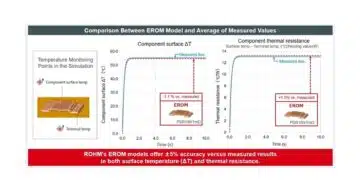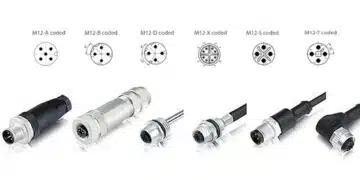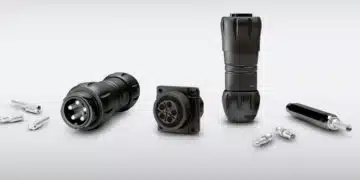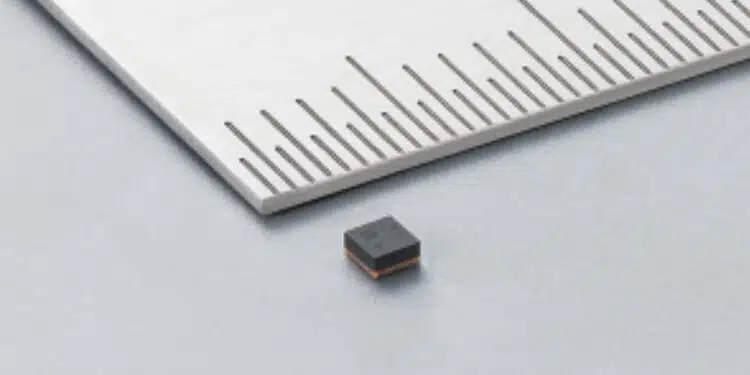Murata Manufacturing Co., Ltd. has announced the mass production and commercial shipment of the world’s first*1 high-frequency filter using XBAR technology*2.
Developed by combining Murata’s proprietary Surface Acoustic Wave (SAW) filter expertise with XBAR technology from Murata’s subsidiary Resonant Inc., it enables the extraction of desired signals while achieving both low insertion loss and high attenuation.
These features are critical for the latest wireless technologies, including 5G, Wi-Fi 6E, Wi-Fi 7, and emerging 6G technologies.
The demand for reliable high-frequency communications continues to grow in response to the widespread deployment of 5G and the future development of 6G. Simultaneously, wireless local-area network (WLAN) standards such as Wi-Fi 6E and Wi-Fi 7 are expanding into higher frequency domains to accommodate ultra-fast data rates.
Filters used in these applications must address key challenges, such as preventing out-of-band interference, maximizing system battery performance, and meeting strict space limitations. Traditional approaches using Low Temperature Co-Fired Ceramic (LTCC) or conventional Bulk Acoustic Wave (BAW) filters often fall short in these performance areas.
Murata’s new XBAR-based filter addresses these limitations by achieving high attenuation performance while maintaining a wide bandwidth and low signal loss. The XBAR structure itself excites bulk acoustic waves using comb-shaped electrodes and a piezoelectric single-crystal thin film, enabling performance beyond the reach of conventional filter structures. It effectively removes high-frequency interference, even in bands above 3 GHz, allowing for clearer signal detection and better performance, contributing to high-speed, high-capacity, and high-quality wireless communication.
Key performance parameters include a passband of 5150–7125 MHz, a typical insertion loss of 2.2 dB, and a typical return loss of 17 dB. Typical attenuation figures are 11 dB at 4800–5000 MHz, 28 dB at 3300–4800 MHz, 27 dB at 7737–8237 MHz, and 26 dB at 10300–14250 MHz.
The new filter is targeted at devices with embedded wireless functionality, including smartphones, wearables, notebook PCs, and communication gateways, offering an optimal balance of performance and cost efficiency. Murata will continue to drive innovation in filter technologies to support the evolution of wireless communications, and expects this architecture to scale further, with future product generations capable of operating effectively in ultra-high frequency bands above 10GHz.
- *1According to Murata research as of July 7, 2025.
- *2XBAR technology: Murata’s proprietary filter structure that excites bulk acoustic waves using comb-shaped electrodes and piezoelectric single-crystal thin films.
































